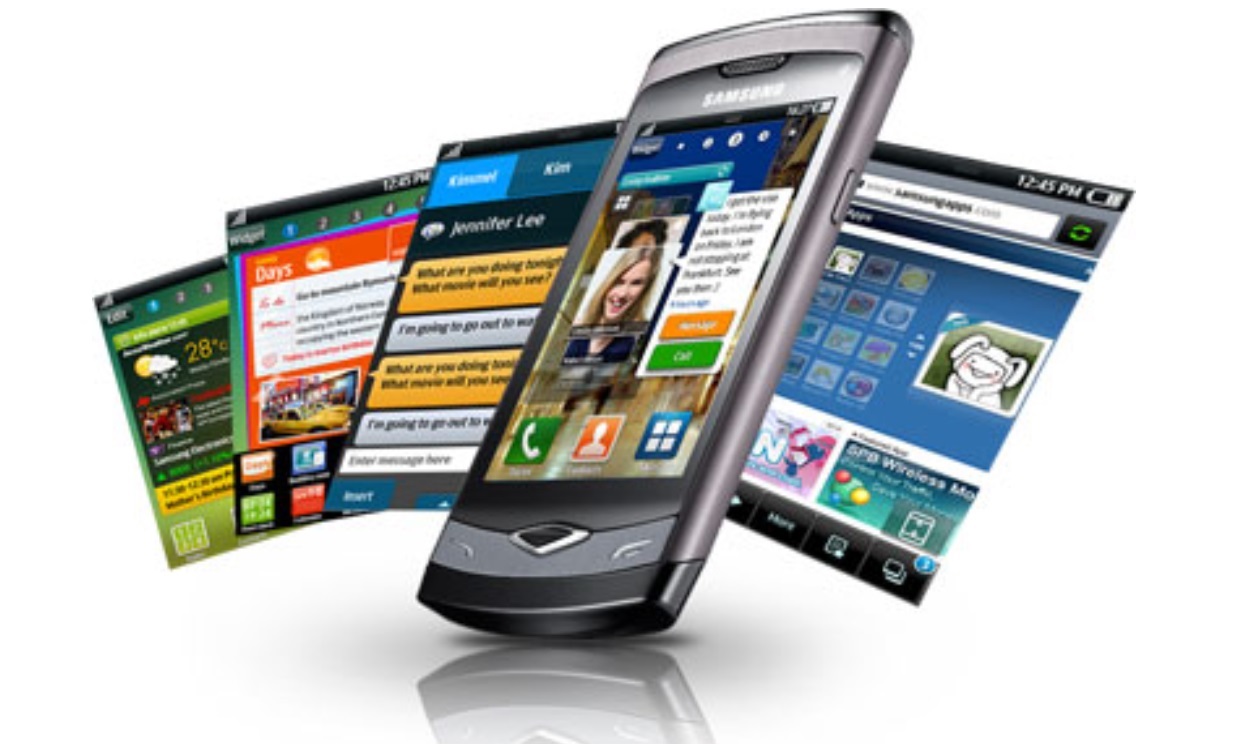
Bada was once an evolution of the running gadget that powered Samsung’s function telephones offered within the 2000s. Unveiled in London in December 2009, Bada OS was once touted as a brand new running gadget for Samsung smartphones. In contrast to the OS that powered its function telephones which was once unsurprisingly restricted in a large number of tactics, Bada boasted options comparable to improve for multitasking, more than one internet browsers, tabbed surfing, in-app purchases, face reputation, and multipoint contact amongst others. Alternatively, what actually gave it an higher quit the OS that ran on its function telephones was once the provision of extra equipment for app construction.
The primary Bada smartphone was once the Samsung Wave S8500, which was once introduced at Cell Global Congress Barcelona in February 2010. Long term Samsung telephones preloaded with Bada OS additionally bore the ‘Wave’ title, which is attention-grabbing taking into account Bada if truth be told manner ‘ocean’ in Korean. The Wave S8500 wasn’t simply the primary smartphone to send with Samsung’s new cell OS, it was once additionally the primary telephone ever to release with a Tremendous AMOLED show. As a question of reality, save for the design and OS, the Wave S8500 had nearly equivalent specifications to the Samsung Galaxy S (I9000), which was once Samsung’s Android flagship launched in the similar .
Over the process the following , Samsung would free up a couple of extra smartphones powered by way of Bada OS, a few of which may well be thought to be flagships such because the Wave II and Wave 3, in addition to mid-range and price range fashions. There have been additionally attention-grabbing fashions just like the Wave 2 Professional which had a slide-out QWERTY keyboard.
The early Bada smartphones introduced with Bada 1.x which had a Touchwiz interface very similar to the Galaxy smartphones of outdated. Early adopters complained about problems comparable to multitasking being restricted to a couple of apps, maximum of that have been native apps; a saturated data bar; and a few quirks with the instrument. Alternatively, the most important downside was once the choice of apps.
Bada telephones got here with an app retailer known as Samsung Apps. Alternatively, in comparison to Android and iPhone whose app retail outlets had over 70,000 and 200,000 apps respectively again then, there have been fewer than 1,000 apps on Samsung Apps when the primary Bada smartphone introduced, an overly small fraction of what the contest presented. With similar-priced (or even less expensive) Android telephones together with the ones from Samsung providing a awesome app variety, it was once tough to counsel a Bada telephone to consumers.
To be honest, Samsung did considerably give a boost to the app variety to 40,000 by the point Bada 2.0 was once unveiled at MWC 2011, and the primary Bada 2.0 smartphones started transport later that . It was once in a position to reach this by way of freeing a instrument construction package (SDK) that helped builders create extra apps for the platform. It additionally ran developer contests the place it awarded winners financial rewards. Alternatively, it nonetheless lagged at the back of its main competitors – Android and iOS – in relation to app variety.
Regardless of the shortcomings of Bada, Samsung controlled to grasp 2.2% of the marketplace proportion by way of the 3rd quarter of 2011, eighteen months after the primary Bada smartphone was once launched. It ranked fourth at the back of Android, Symbian, iOS, and Analysis in Movement (BlackBerry), and had controlled to push Microsoft’s waning Home windows Telephone to 5th position. That is even if the primary set of Bada smartphones weren’t offered in the USA. If Bada had any probability of proudly owning a bigger slice of the smartphone marketplace, it had to alternate its technique. First, there have been rumors Samsung deliberate to make Bada open-source like Android. Alternatively, that didn’t occur. What it in the end did was once sudden!
At CES 2012, a Samsung electronics Senior VP, Tae-Jin Kang, introduced that Bada OS can be merged with Tizen OS, a brand new open-source OS that was once subsidized by way of Intel, which itself rose from the ashes of what was once MeeGo, a cell OS that was once co-developed by way of Nokia and Intel. This partnership was once necessary for Samsung as Nokia had deserted MeeGo to undertake Home windows Telephone whilst Google was once observed to be taking cell {hardware} critically with its acquisition of Motorola.
Samsung didn’t release its first Tizen smartphone, the Samsung Z1, till January 2015, and in contrast to the primary Bada smartphone which was once a top class software, this was once the cheap smartphone that price beneath US$100. It adopted it up with the Z2, Z3, and the Samsung Z4 which was once its ultimate Tizen telephone launched in 2017 prior to in the end forsaking Tizen as a cell phone OS (a special tale totally). Alternatively, that wasn’t the tip of the OS. A model of the running gadget powered a lot of Samsung smartwatches up till 2020 whilst some other model of the OS is the instrument at the back of Samsung’s good TVs.
Samsung, PCMag, The Verge, The Wall Boulevard Magazine
Teaser symbol: Bada/WaybackMachine

Allow 48h for review and removal.